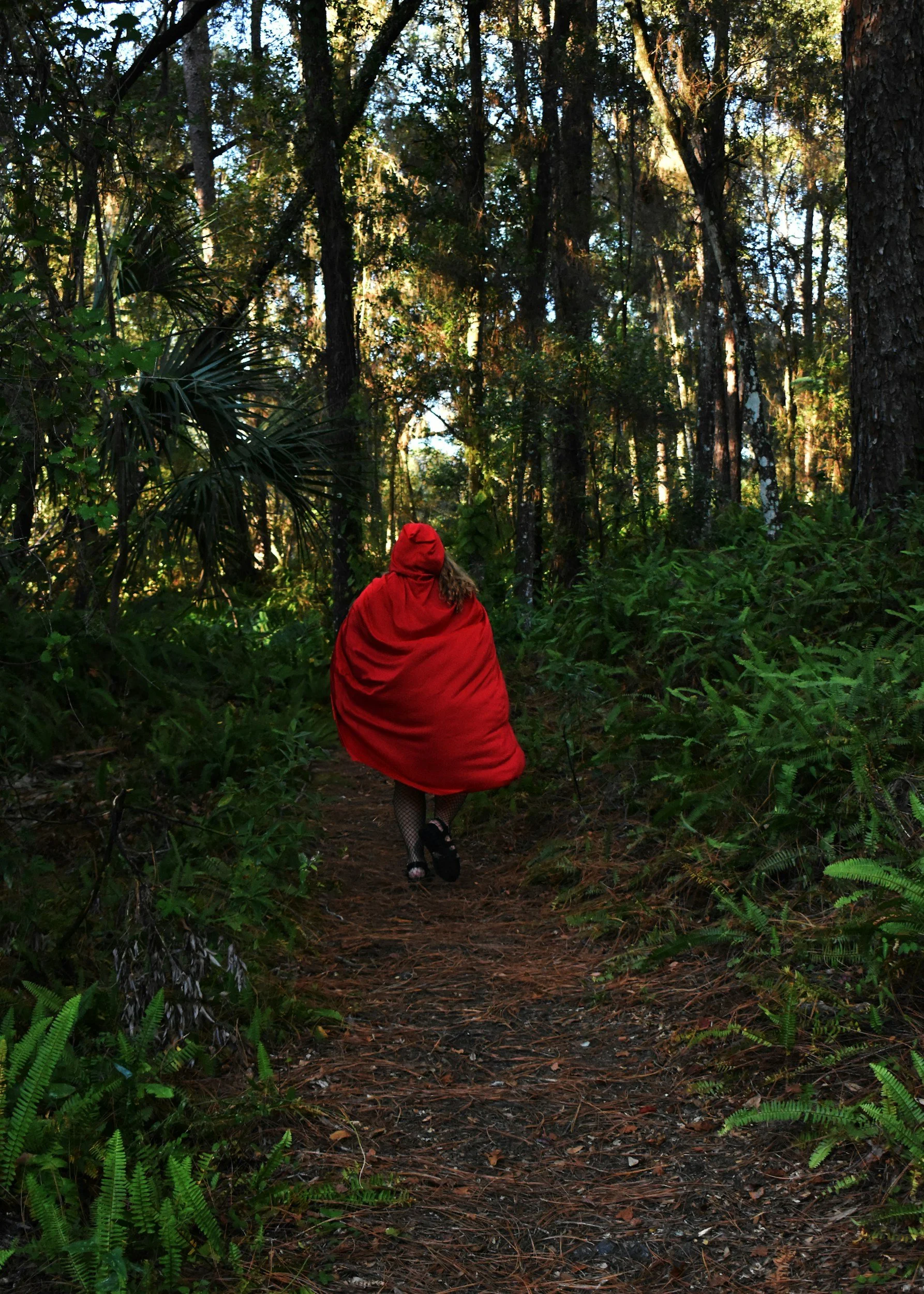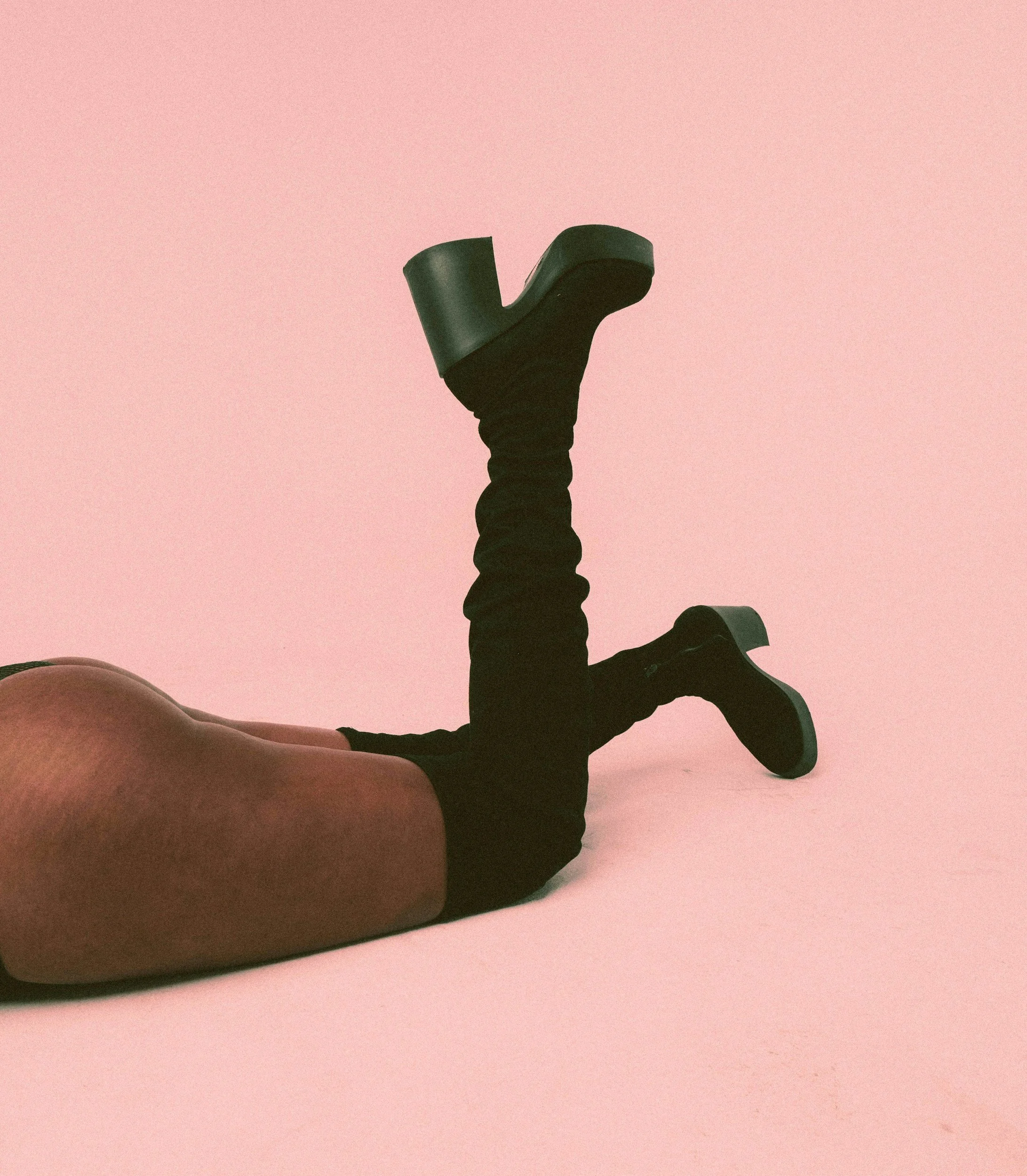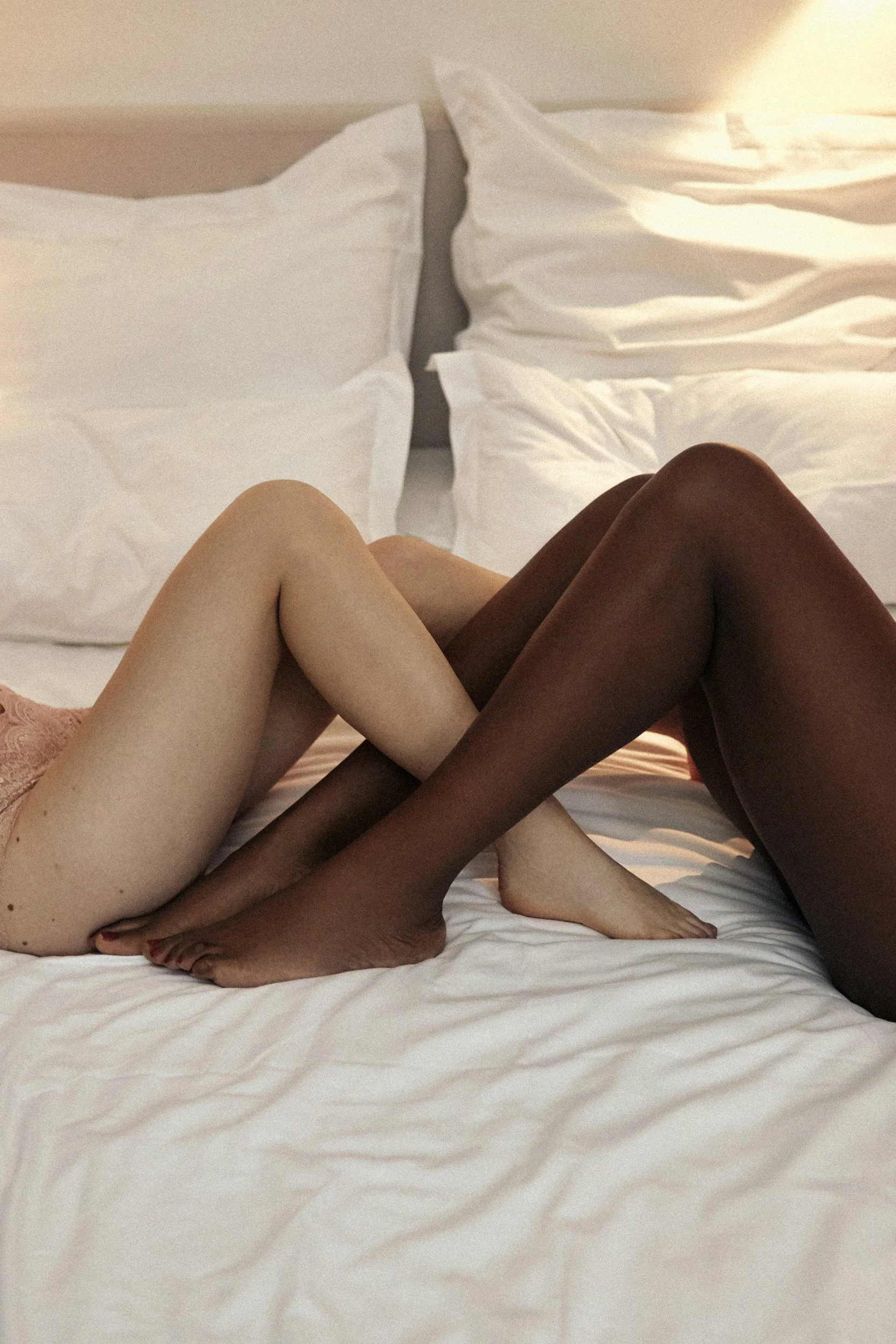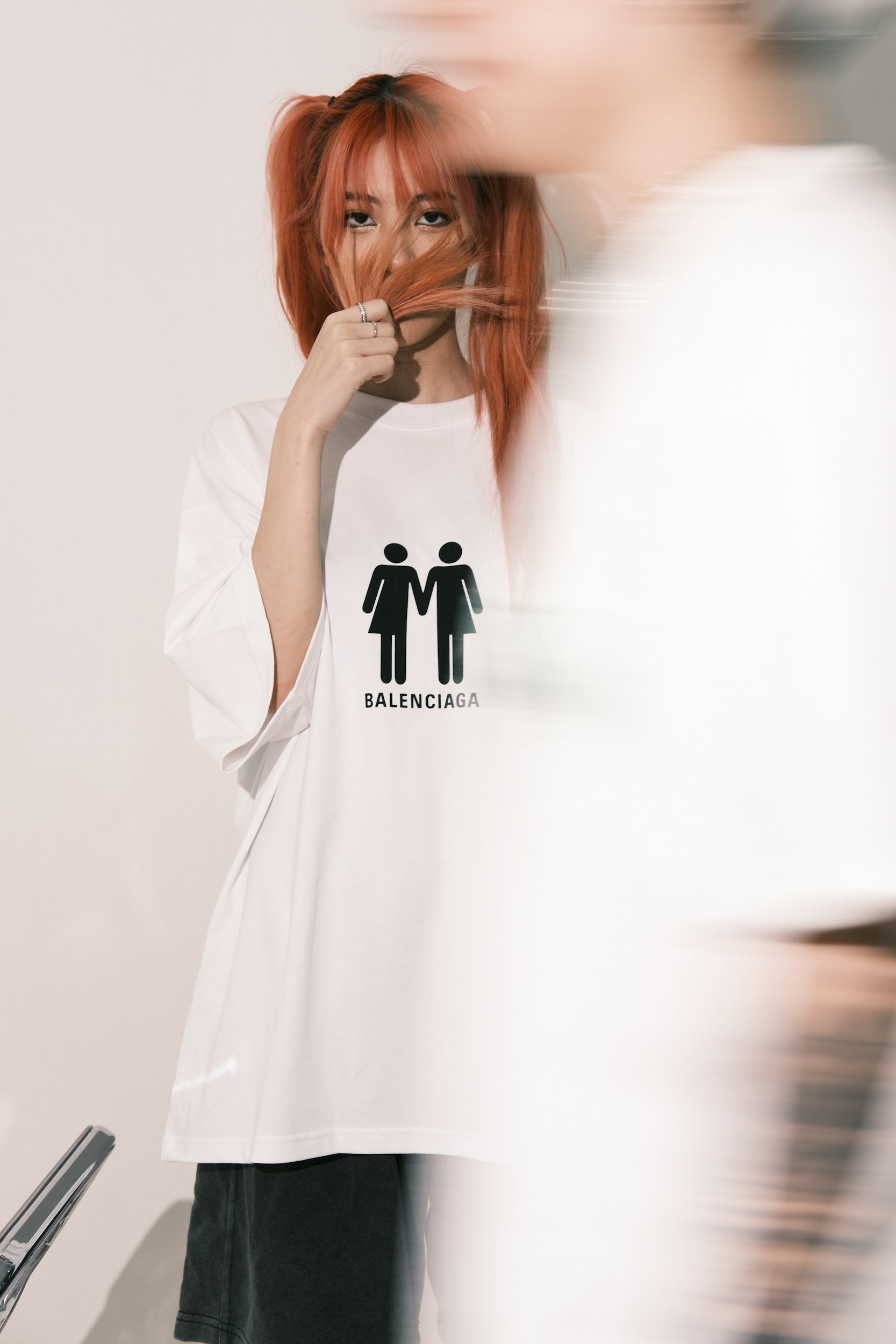Can Dance Reveal Desire? What Our Movements Say About Sexuality and Connection
When the music starts, something primal often awakens. Hips sway, bodies lean closer, and an unspoken language takes over — a language that might tell us more than we realise.
Dance has long been linked to courtship and seduction. Across cultures and eras, from tribal rituals to nightclub floors, the act of moving together has carried meaning beyond mere celebration. But can the way someone dances really reveal their sexual style, or even hint at their virility?
The answer, as always in psychology, is: it’s complicated.
The Psychology of Movement
At its core, dance is an expression of physical vitality. Rhythmic movements, particularly those involving the hips and torso, are deeply rooted in evolutionary signals of health, fertility, and strength. Studies have shown that observers often interpret strong, confident, and fluid dancers as more attractive and dominant — traits that historically correlate with reproductive fitness.
Beyond raw physicality, dance also showcases body awareness, coordination, and rhythm — subtle indicators of how attuned someone is to their own body and, by extension, potentially to a partner’s body as well. In this way, dance can act as an unconscious advertisement for traits that many associate with satisfying intimacy: confidence, sensitivity, stamina, and creativity.
A Mirror of the Mind?
Yet, it's not just the body on display — it's also the mind.
Dance reveals aspects of personality:
Bold dancers may signal openness and adventurousness.
Playful movers might hint at a fun, adaptable approach to connection.
Controlled or restrained styles could suggest cautiousness or a preference for predictability.
What’s important is the integration of emotional expression and physical movement — how willing someone is to be vulnerable, playful, or seductive when the spotlight is indirect.
The Limits of the Dance
Of course, not every great dancer is a great lover — and vice versa.
Dance is a performance, and many factors (social anxiety, cultural upbringing, alcohol, even the music itself) can influence how someone moves in public. A person who is awkward on a dancefloor might be deeply attuned, attentive, and passionate in private, where social judgment disappears.
Moreover, sexual compatibility isn't solely about physical signals — it's about emotional intelligence, communication, consent, and mutual exploration. No amount of smooth moves can replace genuine connection.
Dance as an Invitation
Perhaps the most intriguing insight is this: dancing invites us to listen with more than our ears.
It’s not about reading every shimmy or spin as a sexual blueprint, but about noticing — how someone connects with the rhythm, with themselves, and with others. Movement becomes a metaphor for intimacy: are they present? Are they attuned? Are they willing to be seen?
In the end, dancing isn’t just a preview of physical prowess; it’s a window into a person's relationship with pleasure, risk, and connection.
So next time the music plays, watch — but also feel.
Desire, after all, has its own rhythm.





